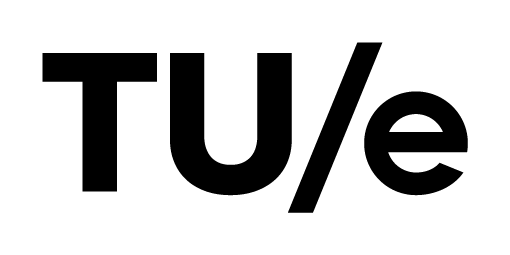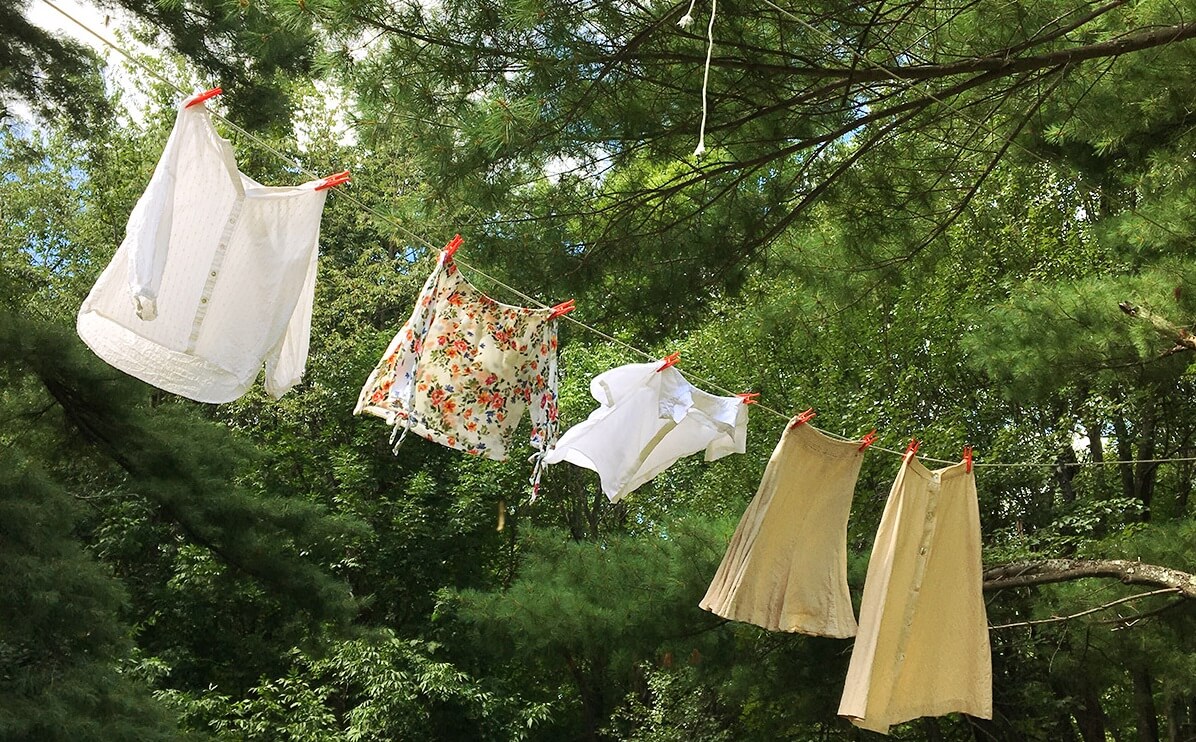What will our future look like? Depending on who we ask, we will get vastly different answers. A tech-enthusiast might tell us about a future in which we have loads of free time thanks to robots and AI doing all our work. A climate activist would most likely warn us of unbearable heatwaves, floods and famines. While a space-fan might hope we will all live among the stars. Future visions vary not only between individuals but are also highly influenced by the society (time, culture) the one that envisions them lives in. 120 Years ago, a chocolate manufacturer envisioned our cities would have roofs on top of them to protect us from the weather, but also live broadcasting of theatre performances. And, while narratives around the future are mostly embodying western ideals and aesthetics, African and South American artists envision futures based on their cultures.




Who decides which future(s) becomes reality?
Seeing all these different visions on the future makes me question how we decide which future(s) become reality. While there is always an element of uncertainty, we are not powerless in shaping our future and have always been doing so through means like policies we enact and technologies we develop. Looking at it from this perspective shows how unevenly distributed the power to shape the future is. Powerful corporations and western countries have more influence on the future than the marginalized. So perhaps, to get the most accurate picture of how the future will look like we should ask technology corporations in western nations. The future they predict is all about hyper personalization and automated decision making (ADM) relieving us from the burden of making decisions and everyday chores. Catering to the persona of the techno-hedonist, who values comfort and convenience above all else (Dahlgren et al., 2021). Which only further increases consumption in a world whose resources are already depleting at an irresponsible speed and unfair distribution.
But are there alternatives?
Sceptics might say the price we need to pay (giving up on the convenience of our current resource usage) to change this is too great or that capitalism (and by extension consumerism) is simply human nature and there are no alternatives, a phenomenon Mark Fisher (2009) called “capitalist realism”. This “death of alternatives” is summed up nicely in this quote by Fredric Jameson and Slavoj Žižek:
‘It’s easier to imagine the end of the world than the end of capitalism’
Fredric Jameson and Slavoj Žižek
I think what makes it so hard to envision an alternative is the fear that whatever we might discover could be worse than what we have right now. We are blinded by the negative possibilities of change so that we fail to see what we might be able to gain. Robert Kiyosaki says it well, when he said:
‘Don’t let the fear of losing be greater than the excitement of winning’
Robert Kiyosaki
Maybe what we lose in a less resource intensive world, won’t feel like a loss after all. There is research suggesting that more consumption in fact does not make us happier (Millward-Hopkins et al., 2020; Steinberger and Roberts, 2010). Following this there is a resurgence in movements rejecting the resource intensive way of modern life in the west and calling back to a simpler way of life. Rejecting technology as the solution to our problems and changing our practices instead. Slow living (Slow Living LDN, 2022) and the aesthetic of cottagecore (Cottagecore | Aesthetics Wiki | Fandom, n.d.) gained large traction in most recent years, with their romanticization of domestic labour, self-sufficiency and ethical consumption.

Designing for alternative futures
It is sadly true that these lifestyles are neither perfectly sustainable nor particularly accessible. What they did succeed in however is painting a different picture of what is desirable and opening our minds to less resource intensive forms of living. This is where I see the potential for designers like us to play a role, to stimulate thinking of alternatives, particularly those that are underrepresented, so that they may become common thoughts coming to mind when someone asks: “What will our future look like?”. Through this we might combat the “death of alternatives” and gain the ability to be more active in speaking up about the future.
Together with Youp and Floris I set out to explore this within the theme of “Challenging consumerism by design” (Kuijer, 2023). We are exploring alternative narratives through a practice-design approach, rather than designing technologies. So far, we explored three directions: Grocery practices in a post-capitalistic world, a less energy-dependent life and alternative gift-giving and celebration practices that are not consumerist. How we would execute the project is still up for debate, but we gravitate towards creating a coherent experience of the practice in the future, through the eyes of the people living in that future, supported by extensive worldbuilding. One idea is to create a museum of the future exhibiting the “past” and its bizarre customs. No matter which of these futures we chose and how this future will have come to exist (be it through conscious choice or necessity) we aim to present them as positive. Hoping to contribute to changing what is viewed as desirable, away from the convenience of automation and towards seeing the intrinsic value of manual labour. I would like to end on a quote and statistic from our world in data, to remind us to keep a positive outlook:

References
- Cottagecore | Aesthetics Wiki | Fandom. (n.d.). Aesthetics Wiki. https://aesthetics.fandom.com/wiki/Cottagecore
- Dahlgren, K., Pink, S., Strengers, Y., Nicholls, L., & Sadowski, J. (2021). Personalization and the Smart Home: questioning techno-hedonist imaginaries. Convergence, 27(5), 1155–1169. https://doi.org/10.1177/13548565211036801
- Fisher, M. (2009, 16 December). Capitalist Realism: Is There No Alternative? John Hunt Publishing.
- Kuijer, L. (2023, 21 april). Theme 3: Challenging consumerism by design – TU/e Researching the Future Everyday. https://rtfe.imaginari.es/2023/04/21/theme3/
- Millward-Hopkins, J.; Steinberger, J. K.; Rao, N. D.; Oswald, Y. Providing decent living with minimum energy: A global scenario. Global Environ. Change 2020, 65, 102168.
- Slow Living LDN. (2022, July 30). What is Slow Living? Slow Movement History, Tips, Resources | Slow Living LDN. https://slowlivingldn.com/what-is-slow-living/
Images
- Hildebrands (1900). https://www.ba-bamail.com/art/12-postcards-from-1900-that-predicted-life-in-2000/
- J. Queiroz (2019). https://www.artstation.com/artwork/4bkOl1
- Giimann (2019). https://www.artstation.com/artwork/58PlJ1
- Candle waltz (2019). https://candlewaltz.tumblr.com/post/187477143964/letting-my-light-wash-dry-among-the-trees
- Our world in data (2020). https://ourworldindata.org/much-better-awful-can-be-better


